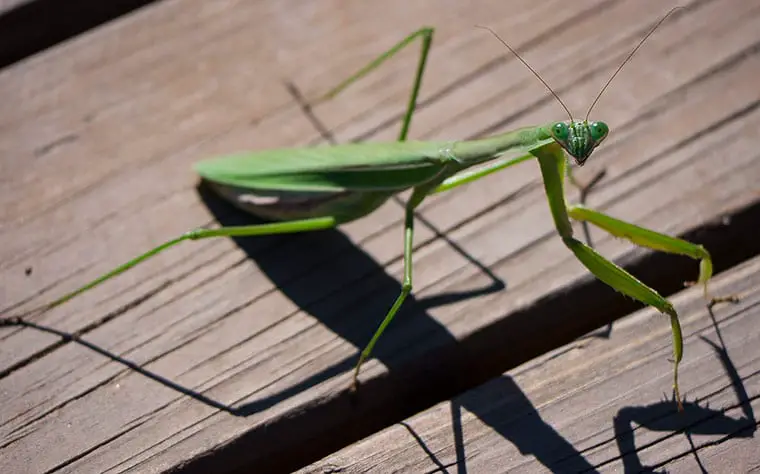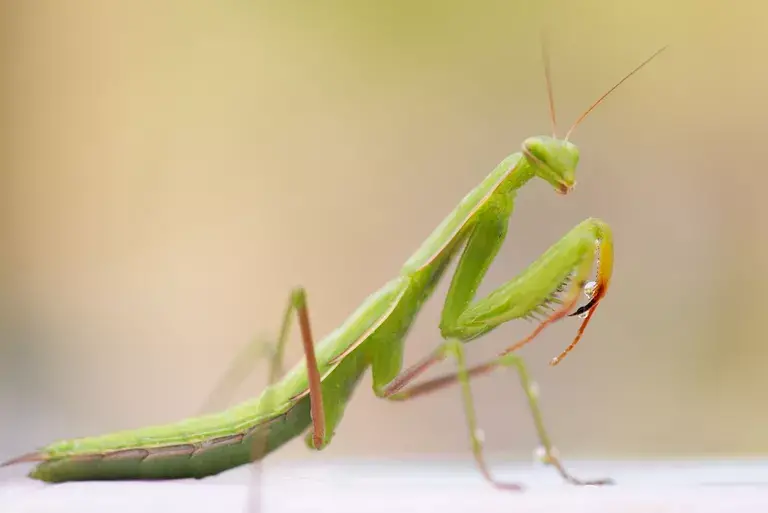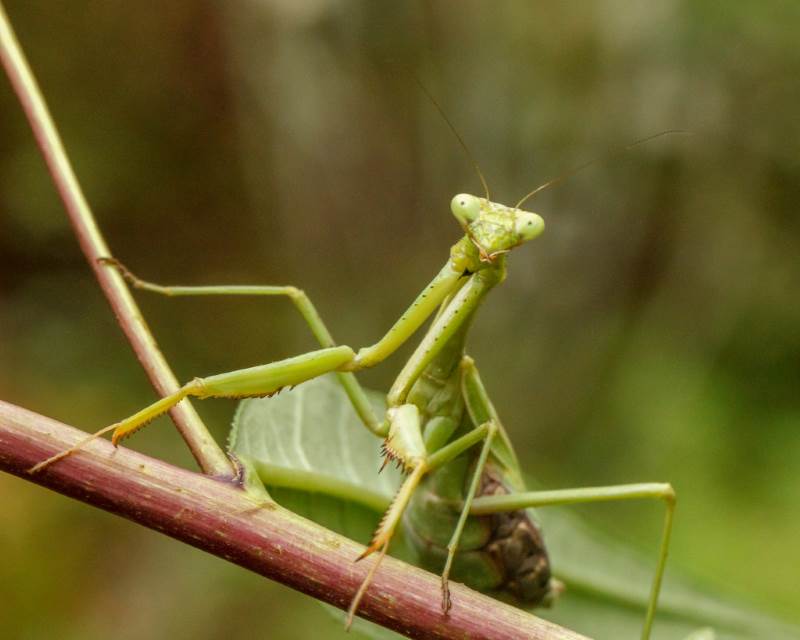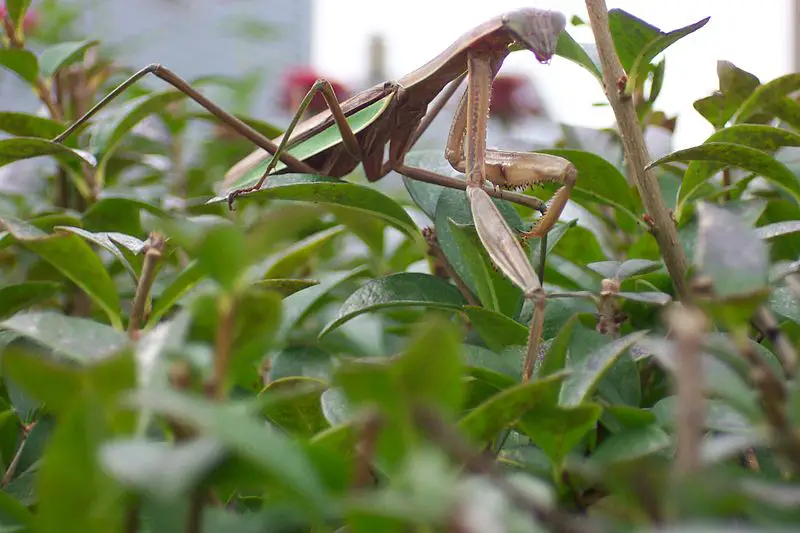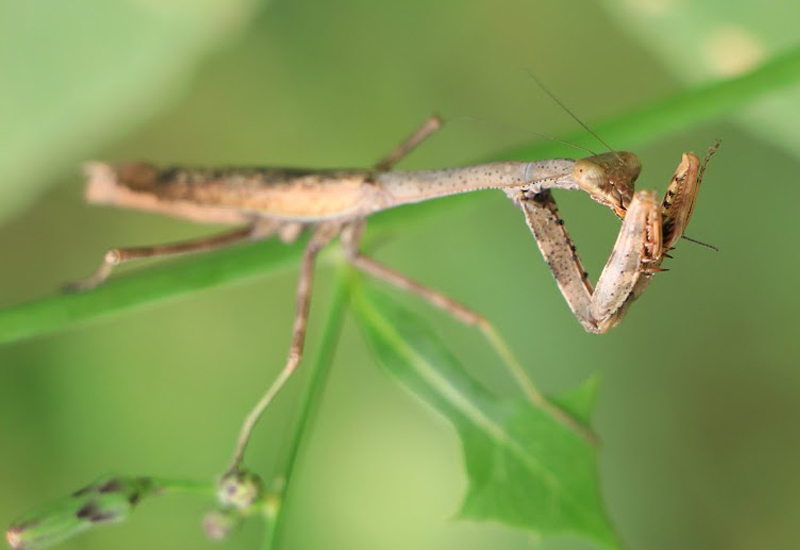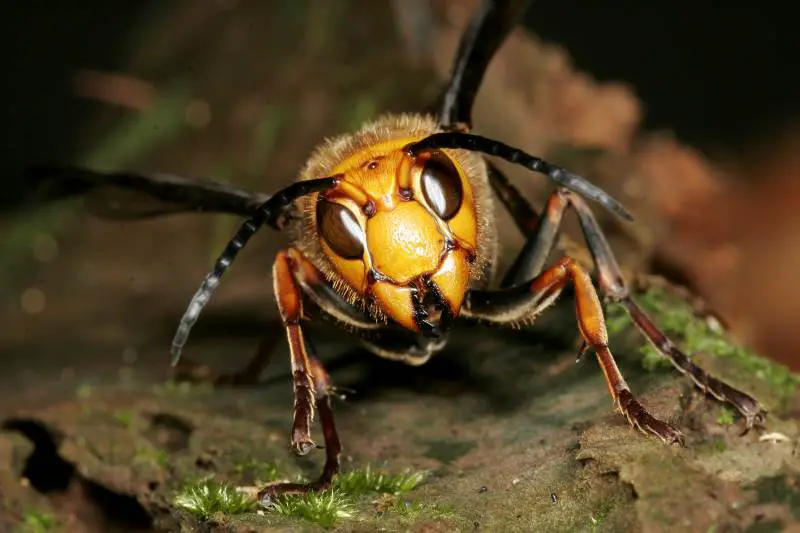Praying mantises are not endangered they never were. Some people have long assumed that mantises are not only endangered—they’re also protected by federal or local laws and that it’s illegal to kill one in the wild. However, belief such as this doesn’t seem to stand to any logical explanation for the mantises are not even close to endangerment. Let’s see why!
Are Praying Mantis Endangered?
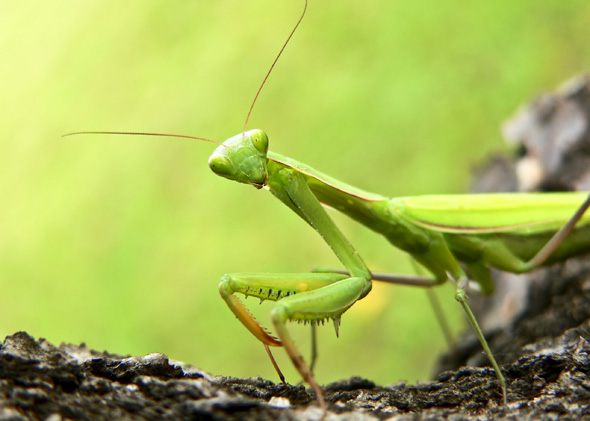
Worldwide, there are more than 2,000 species of mantis but none of them is threatened or likely to die in near future. North America is home to around 20 praying mantis species. Most North American species including mantis are not endangered.
Learn more:
There are few places (like Belgium) where mantises are protected legally along with butterflies and other bugs but the overall population appears to be stable. None of the North American mantis is thought to be endangered. There are no legal consequences for killing a mantis in the United States either. However cruel it might seem to be, killing a mantis isn’t against the law.
READ: [ Praying Mantis Predators ]
All the above rumors might have possibly originated from Ancient Egyptians and Africans or early civilizations because they consider mantises as a species possessing supernatural powers. Even so, people worship mantises in some parts of the world. Mantises aren’t poisonous nor do they threaten human fields. In fact they are considered as beneficial insects because they eat harmful bugs. Therefore, the conservation status of a praying mantis is currently out of the question.
A myth circulated in urban areas since 1950s claiming that praying mantises were endangered and that it was illegal to kill them here in the United States. It would be a shame for such a harmless and useful creature to be killed. However, there is no reason to believe that they are protected or endangered. North America contains more than 20 species. None are endangered.
Is Killing a Praying Mantis in Ohio against Ohio Law? Is it okay to use a Walking Stick instead?
My knowledge is that it is legal to kill praying mentises and walking stick. They are not listed as endangered species. You may have to make walking sticks or mantises illegal under local or state law. Although it may not be illegal, it is very dangerous to kill praying mentises. They are a beneficial insect. They are beneficial insects that can be eaten by harmful insects and are commonly used by greenhouse owners as well as gardeners.
There are no federal or state laws that prohibit the killing of praying mantises. They are useful insects that can be left alone because they eat lots of bugs we consider pests. But they aren’t an endangered species. (If they were endangered and killed, there would be a far greater fine than $50. Because they’re beneficial insects and because of their unusual posture (they’re praying for our sake!) They were considered to be a criminal offense by many people.
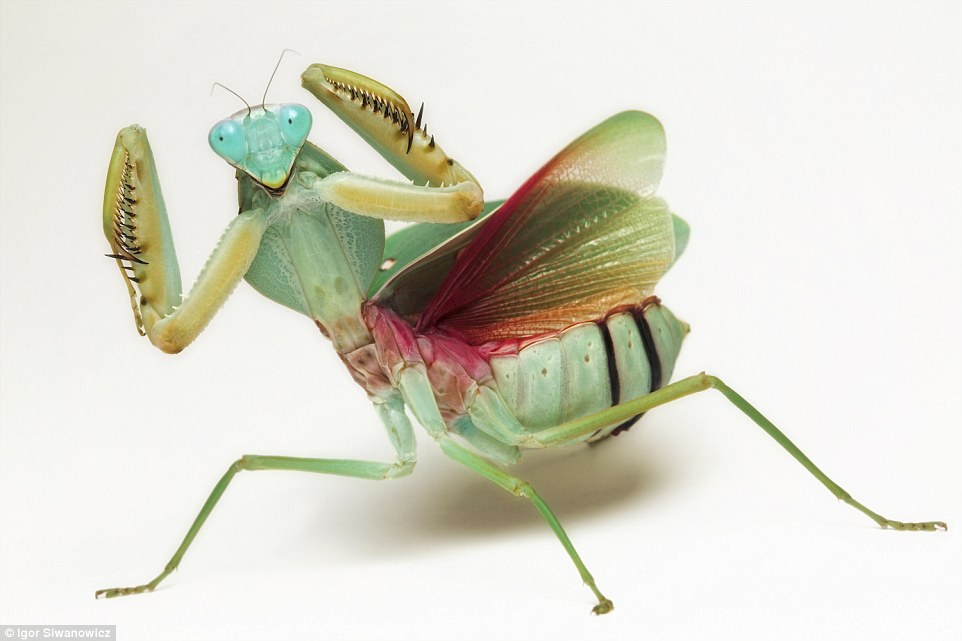
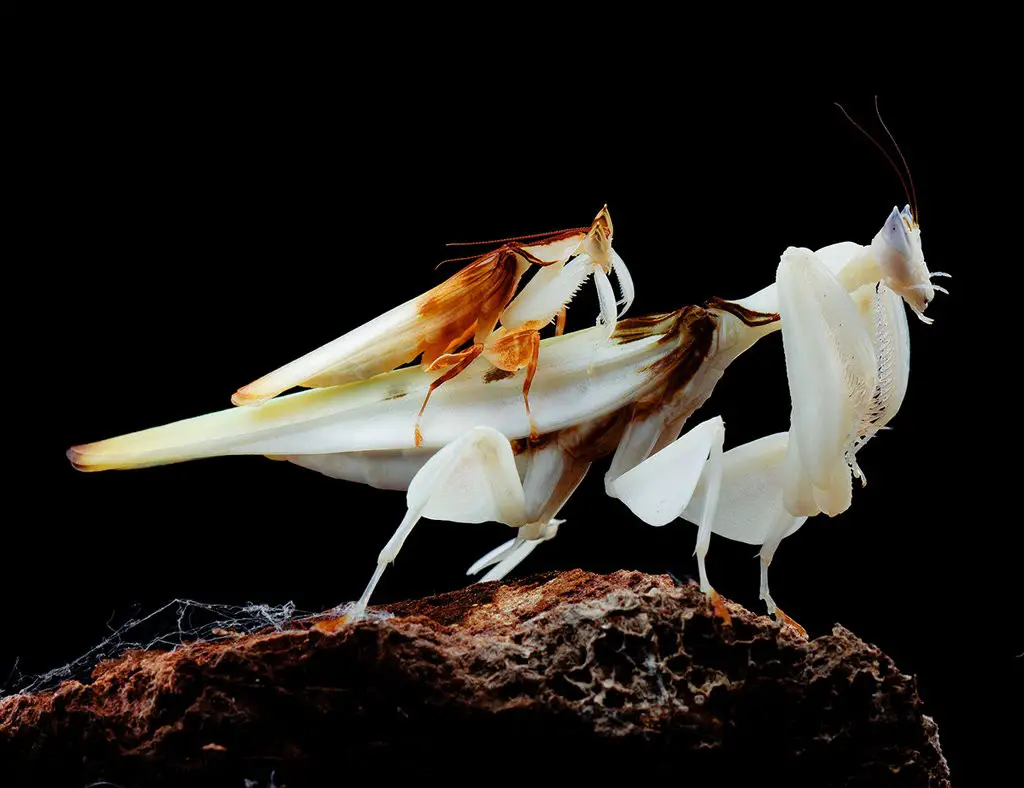
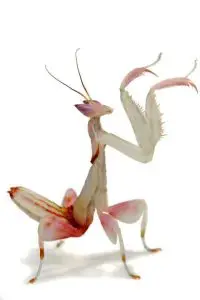 Orchid Mantis Behavior
Orchid Mantis Behavior